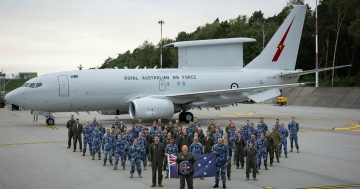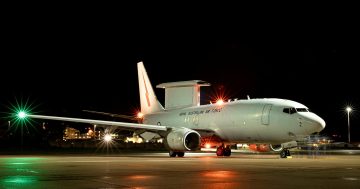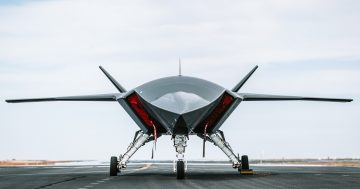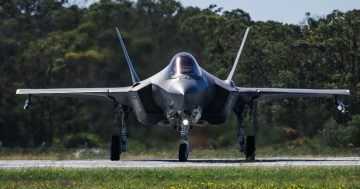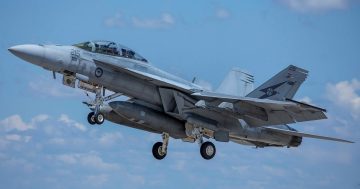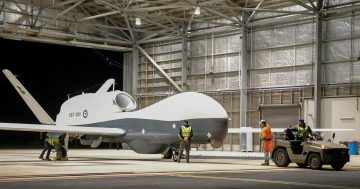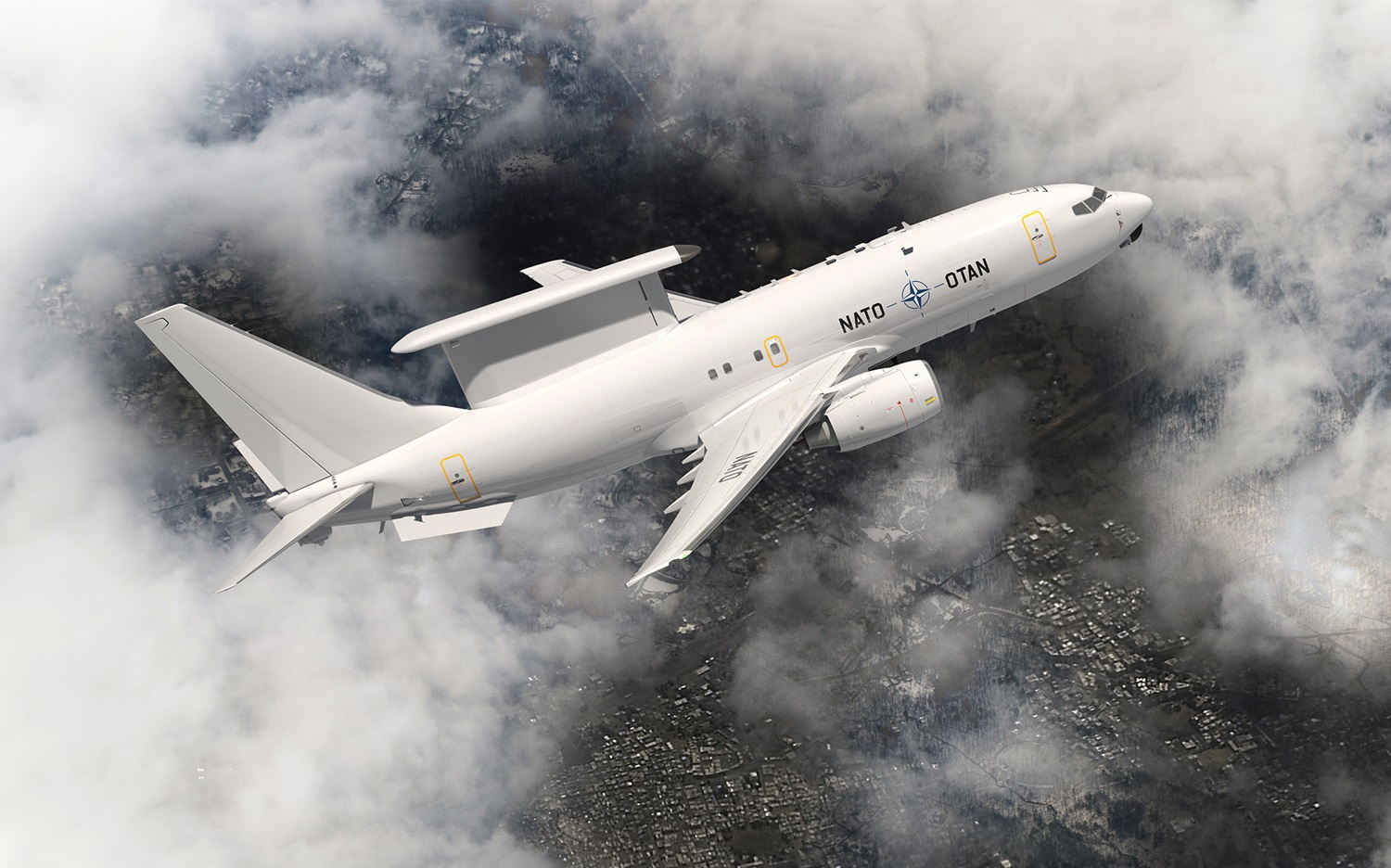
Not to be? Concept art of a NATO E-7A in flight. Image: NATO.
Plans by a group of NATO nations to buy Boeing E-7 airborne early warning and control (AEW&C) aircraft have been scrapped due to uncertainty within the US Air Force (USAF) over its own plans to acquire the planes.
The E-7 Wedgetail is considered the world’s best AEW&C aircraft, and Australia was the lead customer for the aircraft through its Project AIR 5077 requirement.
Because of its advanced design, Australia’s Wedgetail program was delayed by about three years. The first aircraft flew in 2002 and was to be delivered by 2006, but stability and integration issues with the radar and the aircraft’s sophisticated electronic warfare system saw that schedule slip a couple of times to 2009.
The Royal Australian Air Force (RAAF) has now operated six E-7As for more than a decade, with operational success on multiple deployments to the Middle East and on two missions to eastern Europe in support of Ukraine’s war against Russia. RAAF E-7s are also regularly deployed to major exercises in the Pacific region, and to the US in support of various weapon system test programs.
The E-7 is also in service with South Korea and Turkey, which operate four each, while the UK will also soon introduce the first of at least three E-7s into service.
Because of the E-7’s success, USAF commanders took an interest in the aircraft, and this interest matured into a program for the US to buy up to 26 E-7s to replace its 40-plus-year-old E-3 AWACS aircraft.
In February 2023, the US awarded Boeing a $US1.2 billion ($A1.85bn) contract to begin development of its first two E-7As, with the first aircraft to be ready for operations in 2027. USAF leadership described the Wedgetail as a “proven capability” that could be developed and introduced into service relatively quickly compared with a “clean-sheet” design.
But earlier this year, the USAF began to waver on the E-7, in particular over concerns for its survivability over the modern battlefield, where hypersonic weapons and stealth aircraft have been specifically developed to counter manned ‘’high-value assets’’ such as the E-7 and air-to-air refuelling tankers.
As a consequence, funding for the US program was reduced to a trickle of ‘’just’’ $US200 million ($A308 million) for the 2024-25 financial year, plus another $200 million for the coming year, while the USAF studies alternatives such as space-based systems for the AEW&C mission.
Another potential factor is that, while its radar and electronic warfare systems are leading-edge, the E-7 is based on the commercial Boeing 737-700BBJ airframe, which is more than 30 years old and is no longer in production.
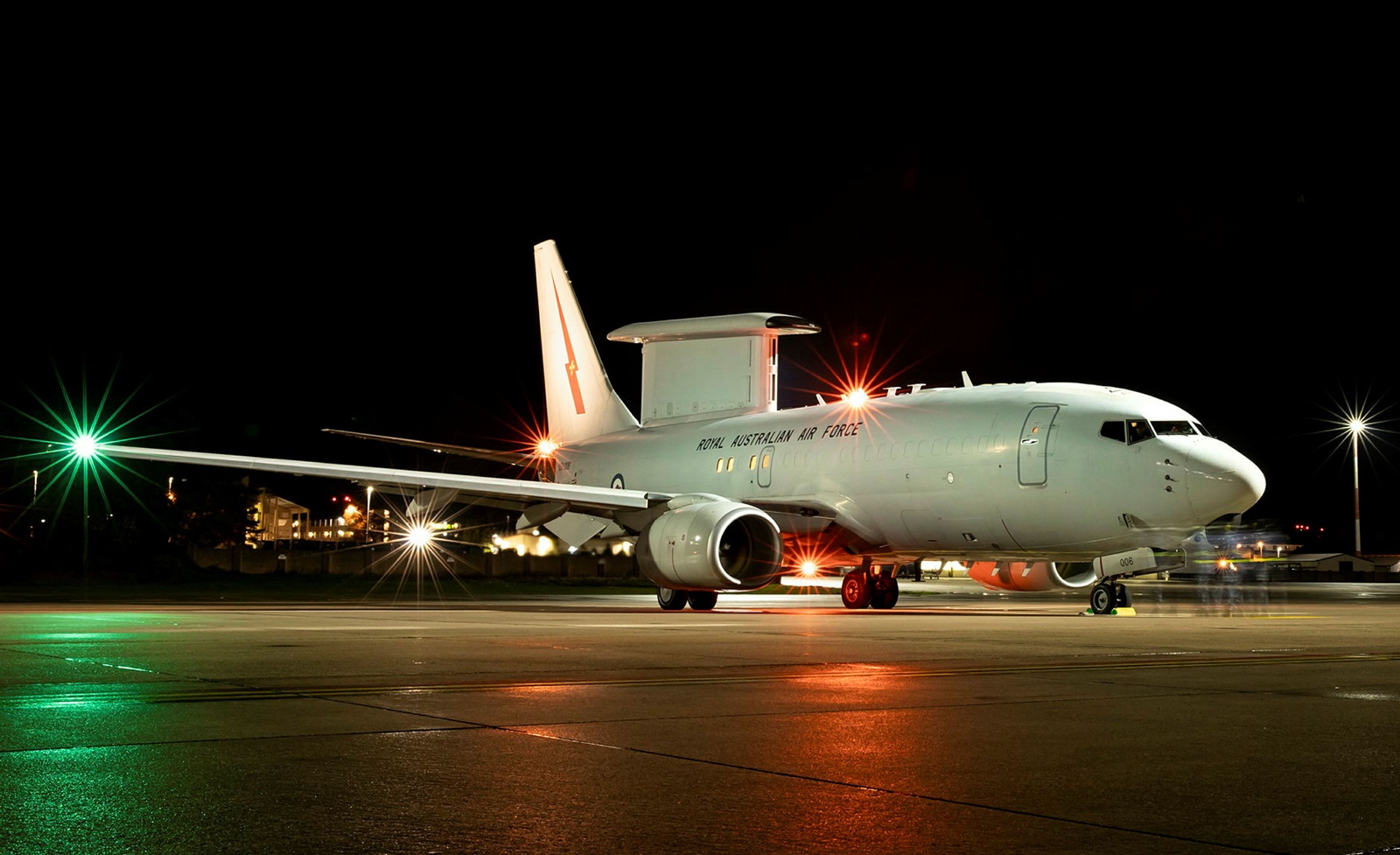
The RAAF’s E-7A has impressed US Air Force and NATO leaders as the AEW&C platform of choice in support of Ukraine’s war against Russia and on other operations and major exercises. Photo: ADF:
In the meantime, NATO — of which the US is a member — also has to replace its own ageing fleet of E-3 AWACS by the early 2030s, and therefore also selected the E-7 in order to have commonality with the USAF, RAAF, and Turkey.
In November 2023, the NATO Support and Procurement Agency (NSPA) announced it had selected the E-7A Wedgetail aircraft to meet its Alliance Future Surveillance and Control (AFSC) capability requirement.
In a statement at the time, the NSPA said: “The Support Partnership Nations — Belgium, Germany, Luxembourg, the Netherlands, Norway, Romania, and the United States — and NSPA concluded that the Boeing E-7A AEW&C Wedgetail is the only known system currently capable of fulfilling the strategic commands’ essential operational requirements and key performance parameters and available for delivery within the timeframe required.”
But with the uncertainty surrounding the US program, the commonality and benefits are no longer there, so the eight-nation NATO effort to acquire the jet has now been scrapped.
“Under the previous program, both the strategic and financial foundations were lost,” the Netherlands’ defence ministry said in a 13 November statement.
“Due to the US withdrawal … the replacement program is now undergoing significant changes.
“Both the strategic and financial foundations were lost. Therefore, the remaining countries, united in the Support Partnership Committee, halted the acquisition of the E-7.
“The members are now exploring alternatives for fleet replacement and seeking new partners.”
Netherlands State Secretary Gijs Tuinman said the goal remained to have other, quieter aircraft operational by 2035.
“The US withdrawal also demonstrates the importance of investing as much as possible in European industry,” he said.
One such solution could be the Saab GlobalEye, which is based on the Bombardier Global 6500 long-range business jet airframe and fitted with a long antenna on its upper fuselage. The GlobalEye has been sold to the UAE, and France recently selected it to replace its own fleet of E-3F AWACS aircraft.
Regardless, the withdrawal of the US and NATO from the program is not good news for Australia’s E-7A fleet, as the RAAF will lose any benefits it may have gained from cost-sharing the development of upgrades across a fleet of nearly 50 aircraft.
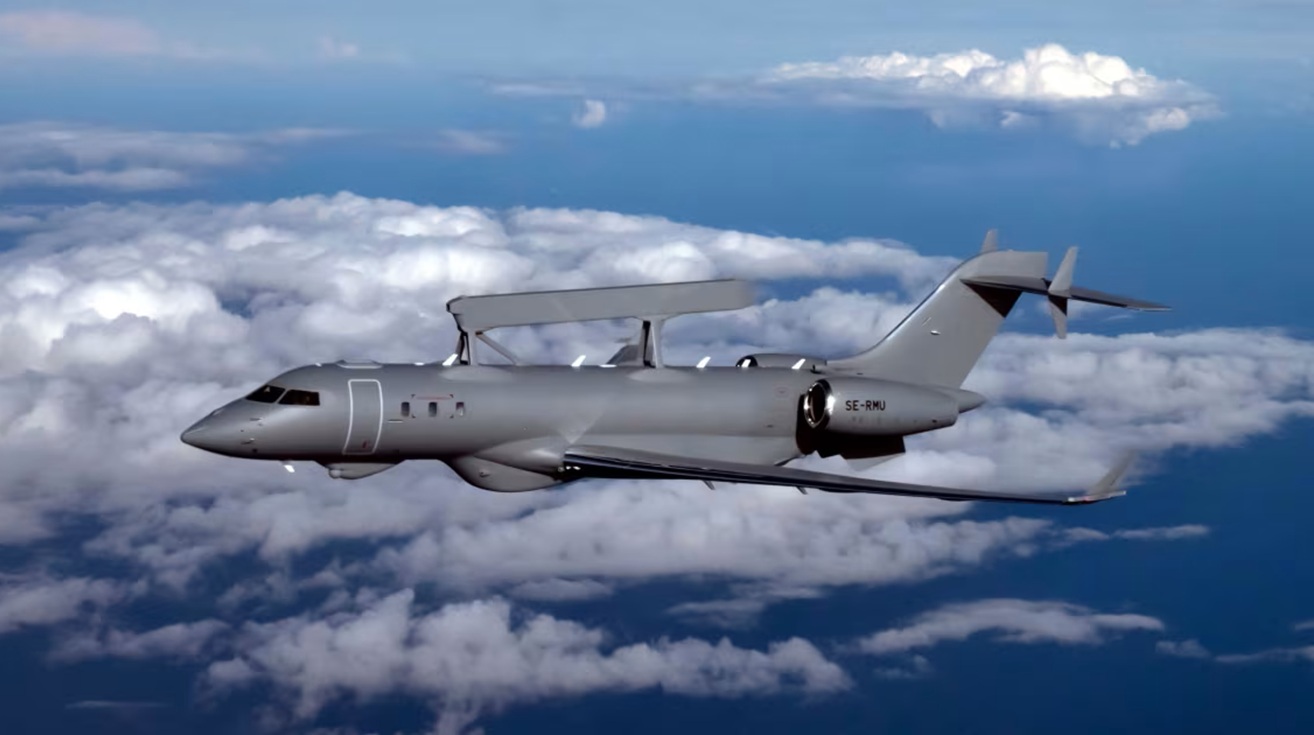
NATO may now look for a European solution not dependent on US funding or technology for its next AEW&C aircraft, such as the Saab GlobalEye. Photo: Saab.



